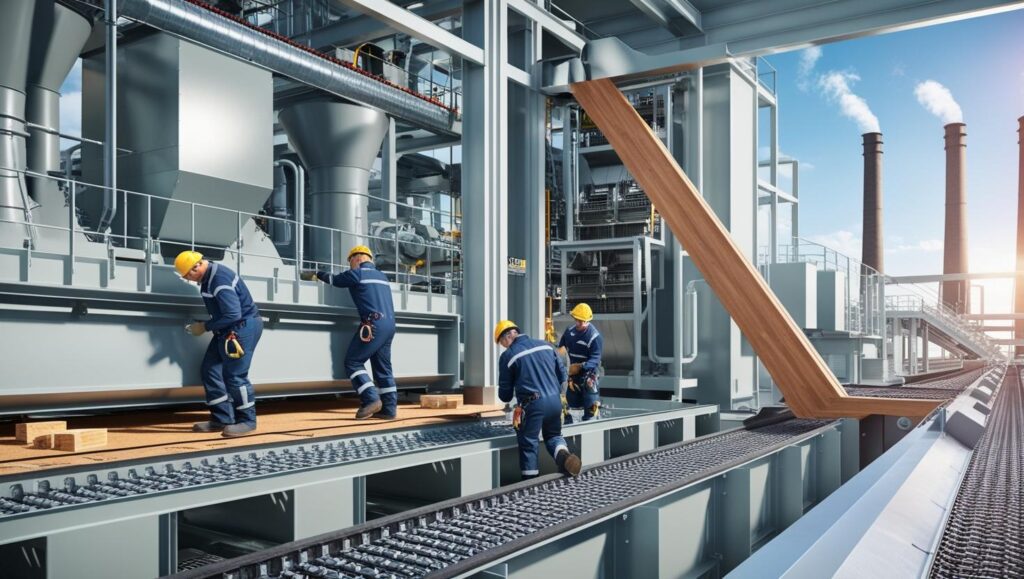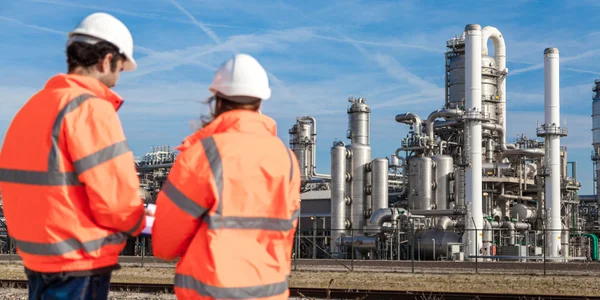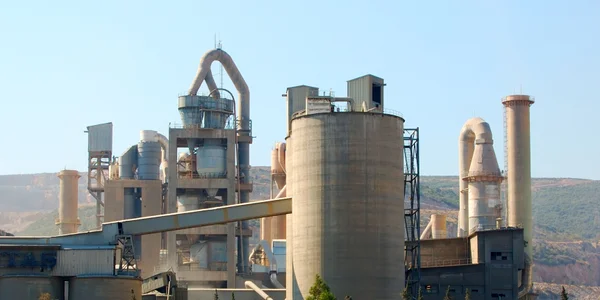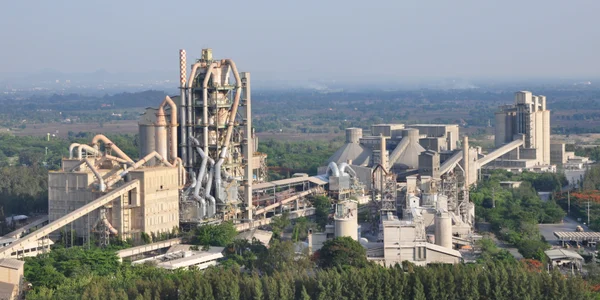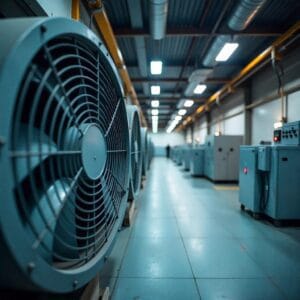دفاتر
مقر

آلمان
- فیلتر Intensiv Himenviro Technologies GmbH
Neustraße 45 - 49, 42553, Velbert, Deutschland/Germany - +49 20534200990
دفتر منطقه ای

بریتانیای کبیر
- فیلتر Intensiv Himenviro UK Limited
47، Bath Street WS13BX، Wallsall West Midlands، بریتانیای کبیر - +44 1922 628893
دفتر منطقه ای

امارات متحده عربی
- فیلتر فشرده Himenviro Technologies FZE – LLC
مرکز تجاری، منطقه آزاد شهر انتشارات شارجه، شارجه، امارات متحده عربی - +971-556074697
دفتر منطقه ای

هند
- Intensiv-Filter Himenviro Private Limited
D-247/11, Sector-63, Noida - 201301, Uttar Pradesh, India - +91-120-4642-500
دفتر منطقه ای

هند
- Intensiv-Filter Himenviro Private Limited
D-247/11, Sector-63, Noida - 201301, Uttar Pradesh, India - +91-120-4642-500
دفتر منطقه ای

هند
- Intensiv-Filter Himenviro Private Limited
D-247/11, Sector-63, Noida - 201301, Uttar Pradesh, India - +91-120-4642-500
سیستم گوگردزدایی از گاز دودکش (FGD) برای نیروگاههای زغالسنگسوز
سیستم گوگردزدایی از گاز دودکش (FGD) یک فناوری حیاتی است که برای کاهش ... دی اکسید گوگرد انتشار (SO2) از نیروگاههای زغالسنگ. SO2 یک آلاینده مضر است که به مشکلات کیفیت هوا، باران اسیدی و مشکلات مختلف سلامتی کمک میکند. فرآیند FGD شامل حذف گوگرد از گازهای خروجی قبل از انتشار آنها در جو است. سیستمهای FGD با استفاده از فناوریهای پیشرفته شستشو، به نیروگاههای زغالسنگ کمک میکنند تا استانداردهای زیستمحیطی را رعایت کنند و انتشار گازهای گلخانهای پاکتر و کیفیت هوای بهبود یافته را تضمین کنند. سیستمهای FGD یک راه حل حیاتی برای کاهش آلایندههای مرتبط با گوگرد هستند که هم حفاظت از محیط زیست و هم رعایت مقررات را ارائه میدهند.
درخواست محصولات ما برای مزایای عملیاتی
- مدیریت کارآمد SO2: سیستم FGD به طور مؤثر دی اکسید گوگرد را از گازهای دودکش جذب میکند و کیفیت مطلوب هوا و انطباق با مقررات را تضمین میکند.
- عملیات مقرون به صرفه: فناوری FGD با کاهش مصرف انرژی و نیازهای نگهداری، هزینههای عملیاتی را به حداقل میرساند.
- کاهش ردپای زیستمحیطی: با کاهش انتشار گازهای مضر، به پایداری کلی زیستمحیطی کارخانه کمک میکند.
- حداقل زمان از کارافتادگی: این سیستم با حداقل تعمیر و نگهداری کار میکند و به گونهای طراحی شده است که زمان آماده به کار را به حداکثر برساند و کارخانه را به طور روان اداره کند.
- رعایت استانداردهای جهانی: رعایت طیف وسیعی از استانداردهای جهانی انتشار گازهای گلخانهای را تضمین میکند و از کارخانه در برابر جریمههای احتمالی یا تعطیلی محافظت میکند.
محصولات ما کاربرد فیلتر محلول در محل
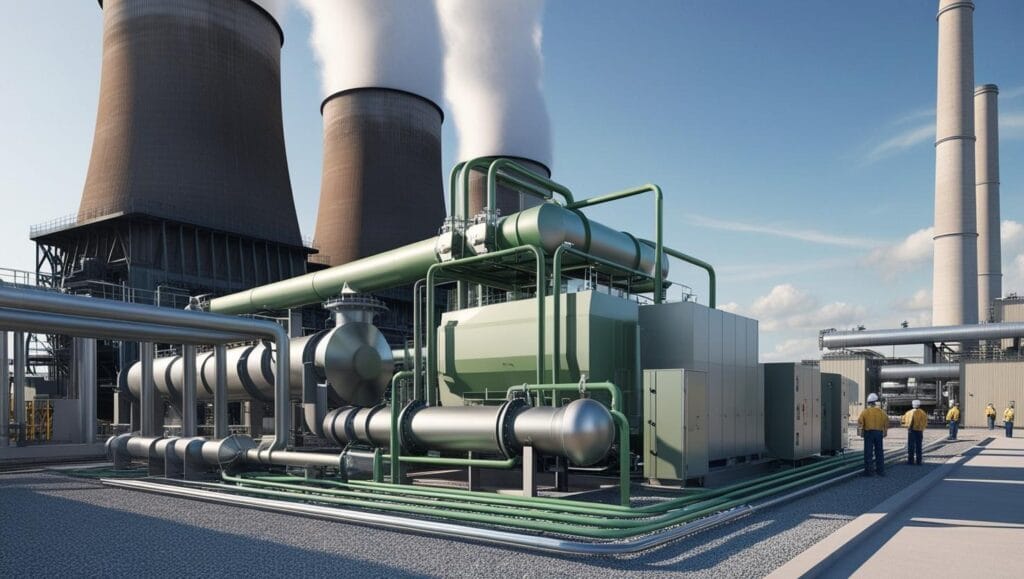
سیستم FGD میتواند به طور یکپارچه در نیروگاههای زغالسنگ موجود ادغام شود.
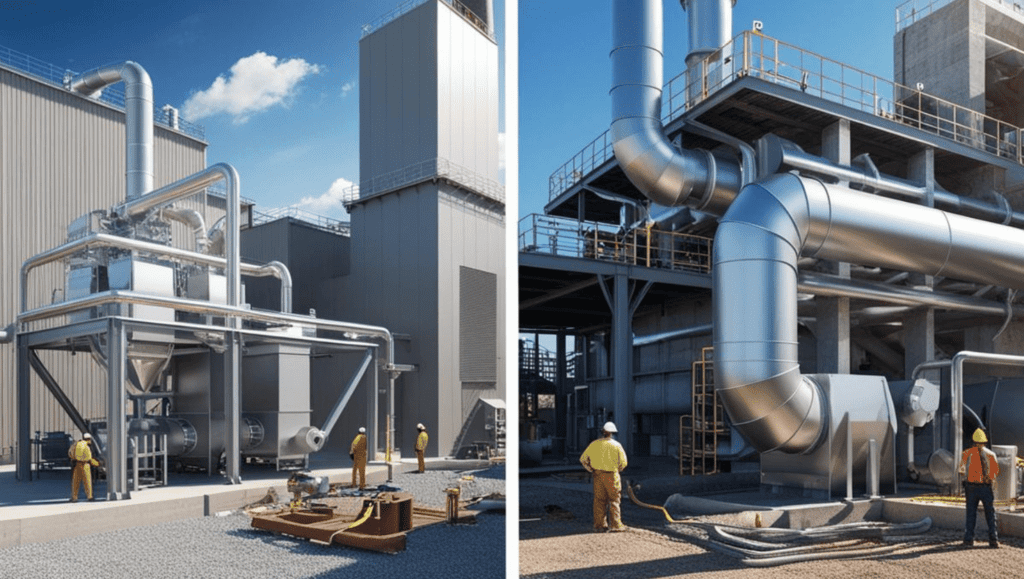
میتواند به عنوان یک سیستم جدید نصب شود یا در کارخانههای قدیمیتر برای افزایش کنترل گوگرد، بهسازی شود.
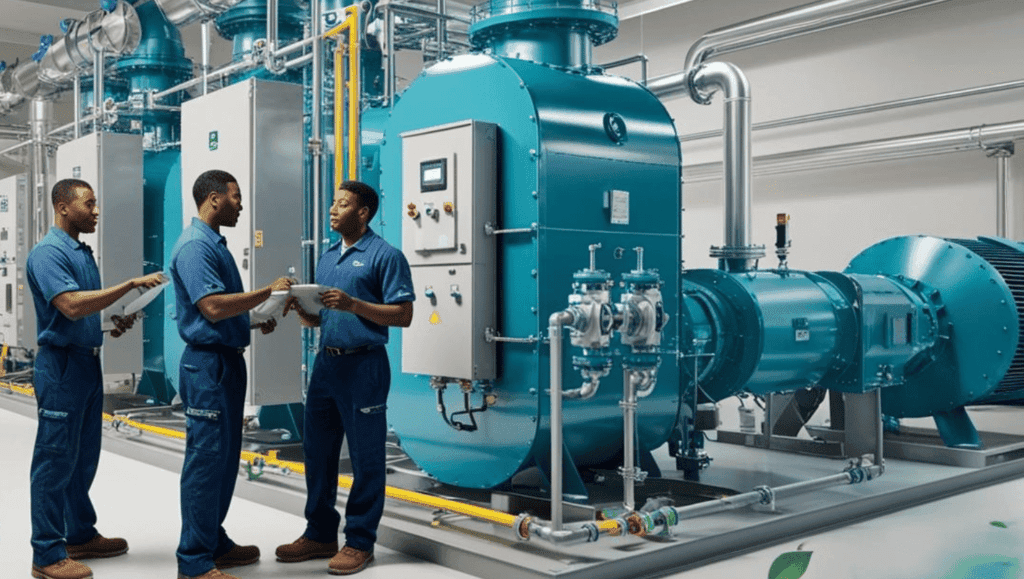
این سیستم میتواند با اجرایی شدن مقررات جدید زیستمحیطی، ارتقا یا اصلاح شود.
کاربردهای گوگردزدایی از گاز دودکش |
|---|
نیروگاههای زغالسنگسوز |
بویلرهای صنعتی |
کارخانه های تبدیل زباله به انرژی |
پالایشگاهها |
کارخانههای تولید فولاد |
تولید سیمان |
کارخانههای فرآوری مواد شیمیایی |
کارخانههای پتروشیمی |
عملیات معدن |
ویژگی ها و مزایای کلیدی |
|---|
راندمان بالای حذف SO2 |
فناوریهای متنوع شستشوی سطوح |
مقرون به صرفه |
سازگاری |
قابلیت اطمینان بلندمدت |
سازگار با محیط زیست |
رعایت مقررات |
بهبود کیفیت هوا |
انرژی کارآمد |
مزایا |
|---|
کاهش انتشار گازهای مضر |
راندمان بالا |
رعایت مقررات |
حفاظت از محیط زیست |
افزایش طول عمر گیاه |
صرفهجویی در هزینه |
پایداری |
سلامت عمومی را افزایش میدهد |
از گذار به انرژی پاک پشتیبانی میکند |
برای مشاوره تخصصی با ما در ارتباط باشید
سایر خدمات ما را کاوش کنید!
سوالات متداول
گوگردزدایی از گاز دودکش، فناوریای است که برای حذف دیاکسید گوگرد (SO₂) از گازهای خروجی صنعتی تولید شده در حین احتراق سوخت در نیروگاهها، سیمان، مواد شیمیایی و نیروگاههای تبدیل زباله به انرژی استفاده میشود. سیستمهای FGD از ورود گازهای اسیدی به جو جلوگیری کرده و خطرات زیستمحیطی و بهداشتی را کاهش میدهند.
سه روش اصلی FGD وجود دارد: شستشوی مرطوب، شستشوی خشک-پاششی (نیمه خشک) و تزریق جاذب خشک. در سیستمهای مرطوب، دیاکسید گوگرد با استفاده از سنگ آهک یا دوغاب آهک جذب میشود و واکنش، گچ تولید میکند که اغلب قابل استفاده مجدد است. سیستمهای خشک-پاششی یا نیمه خشک از جاذبهای مبتنی بر آهک بدون فاضلاب استفاده میکنند اما محصولات جانبی خشک تولید میکنند، در حالی که سیستمهای تزریق خشک، جاذبهای پودری را مستقیماً برای حذف SO₂ بدون جابجایی مایع، وارد گاز دودکش میکنند.
FGD مرطوب به بالاترین نرخ حذف SO₂ (معمولاً بیش از 90 %) دست مییابد و میتواند گچ قابل استفاده مجدد تولید کند. با این حال، هزینههای نصب و عملیاتی بالاتری دارد، نیاز به تصفیه فاضلاب دارد و در صورت عدم مدیریت صحیح میتواند منجر به خوردگی شود. سیستمهای نیمه خشک مصرف آب کمتر، فضای اشغالی کمتر و دفع زباله کمتری دارند، اما تا حدودی کارایی کمتری دارند. روشهای تزریق خشک ساده و انعطافپذیر هستند، اما کارایی آنها میتواند بسته به شرایط فرآیند متفاوت باشد.
